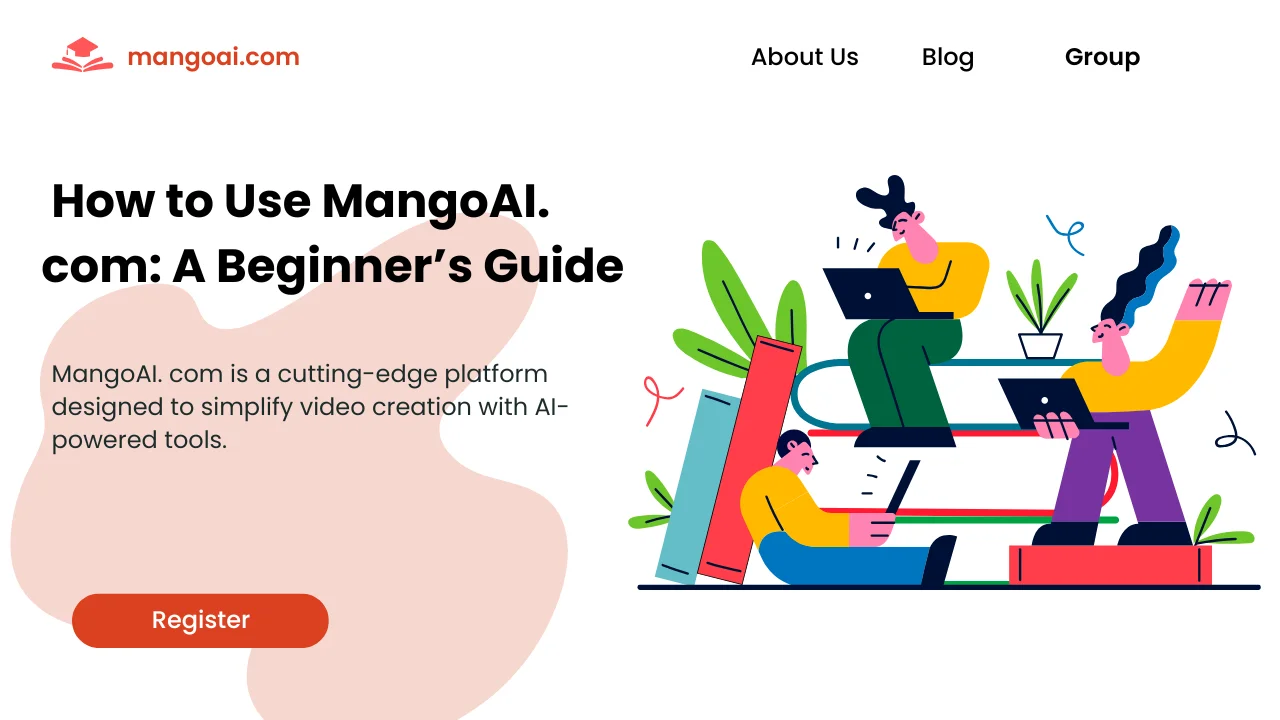What Are Integrated Browsers?
Integrated browsers are the new-age companions in our diverse digital journeys, encapsulating a wide range of functionalities into a singular, cohesive UI. This innovation stands out as it merges the tasks of different applications, such as emails, chats, tasks, and even calendar management, into the web browser itself. For instance, Shift Browser epitomizes this all-in-one solution by providing a streamlined experience. Instead of navigating through the clutter of toggling between individual apps or tabs, users can now experience a seamless workflow. Moreover, such browsers break away from tradition by rethinking how we interact online, promising users a more efficient and meaningful digital experience.
How They Enhance Productivity
The modern lifestyle demands efficiency and integrated browsers cater precisely to this need. They eliminate the constant disruption caused by switching between multiple apps to accomplish varied tasks. For example, when using an integrated browser, a person handling a project can simultaneously coordinate via email, update task lists, and manage time schedules without leaving the platform. This consolidation not only aids in simplifying processes but also boosts productivity by curtailing the cognitive load of multi-tasking across different applications. According to studies by technology analysts at TechRadar, browsers that streamline multiple functions see users complete tasks up to 25% faster, proving their potential to transform ordinary routines into more efficient processes.
Key Features to Look For
- Tab Management: Advanced tab management is a crucial aspect of integrated browsers. These browsers allow users to group, organize, and navigate tabs with ease. Features such as pinning favorite tabs and searching open tabs provide intuitive control over one’s browsing environment.
- Email & Messaging Integration: This feature ensures that users can send, receive, and compose emails or manage messages across multiple accounts without changing platforms, eradicating repetitive logins and fostering quick communication.
- Customizable Interface: Users can personalize their experience to focus on the tools and information most pertinent to them. This means setting up the interface with preferred themes, layouts, and accessibility options that boost user interaction.
- Plugin Compatibility: By supporting a broad array of plugins, integrated browsers allow the addition of third-party features that extend functionality. From ad blockers to SEO tools, plugins cater to niche needs, providing a customized browsing experience.
These features form the backbone of powerful integrated browsers, and recognizing them can help users choose solutions that align with their personal or professional objectives.
Also Read: Efficient Heating Solutions: A Comprehensive Guide to Gas Furnaces
Security Benefits
In today’s digital age, security cannot be overemphasized. Integrated browsers introduce comprehensive security measures that safeguard personal and professional data, making them more secure than juggling multiple apps. They reduce the potential exposure of sensitive information by limiting the number of third-party services that access your data. As data breaches become common, integrated browsers employ end-to-end encryption and multi-factor authentication to protect user credentials. Insights shared by Fast Company emphasize that users of integrated solutions tend to experience fewer security vulnerabilities since their data remains within a single, controlled interface.
Real-World Applications
The scope of integrated browsers extends beyond mere tab browsing. These browsers have optimized project management tasks in corporate management by integrating them directly with various planning tools and CRMs. Similarly, educators and students have started leveraging the power of such browsers to track assignments, schedule classes, and join virtual meetings, all from the same platform. Financial professionals can keep abreast of the latest market updates while analyzing data without tectonic shifts between apps. The adaptability of integrated browsers to align with user-specific tasks makes them invaluable in many real-world settings.
The Future of Browsing with Integration
The digital horizon is set to expand even further with the advancement of integrated browsers. Future iterations will likely harness burgeoning AI technologies to enhance user autonomy, evolving to predict user behavior and optimize task management instinctively. As users grow accustomed to accomplishing more within integrated setups, the browsers will also emphasize far-reaching connectivity, possibly linking with IoT ecosystems to deliver a hyper-connected lifestyle. Experts predict that the shift towards fully integrated browsing will redefine user convenience and challenge the fabric of how we perceive digital interaction, setting the stage for a seamless fusion of work and play.



